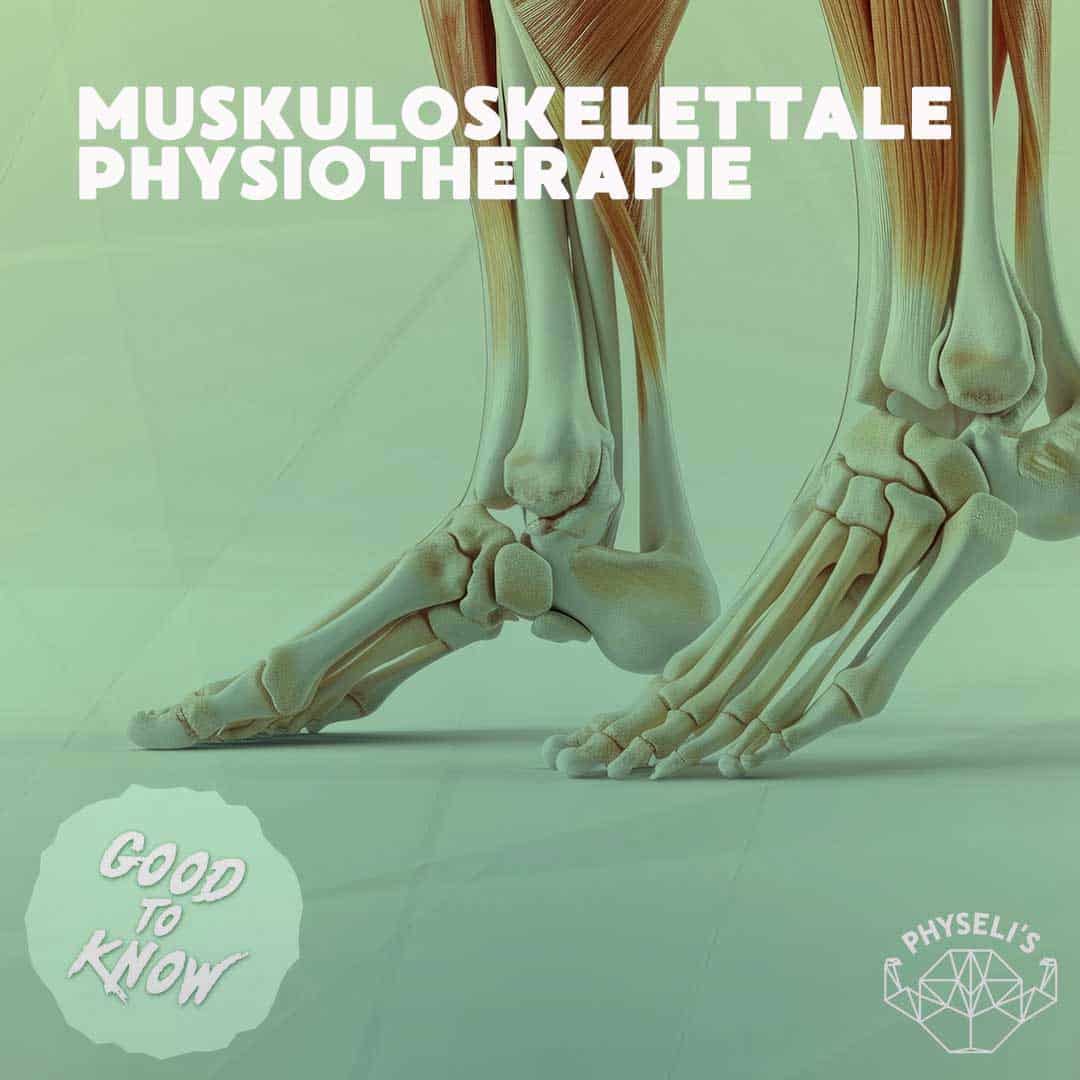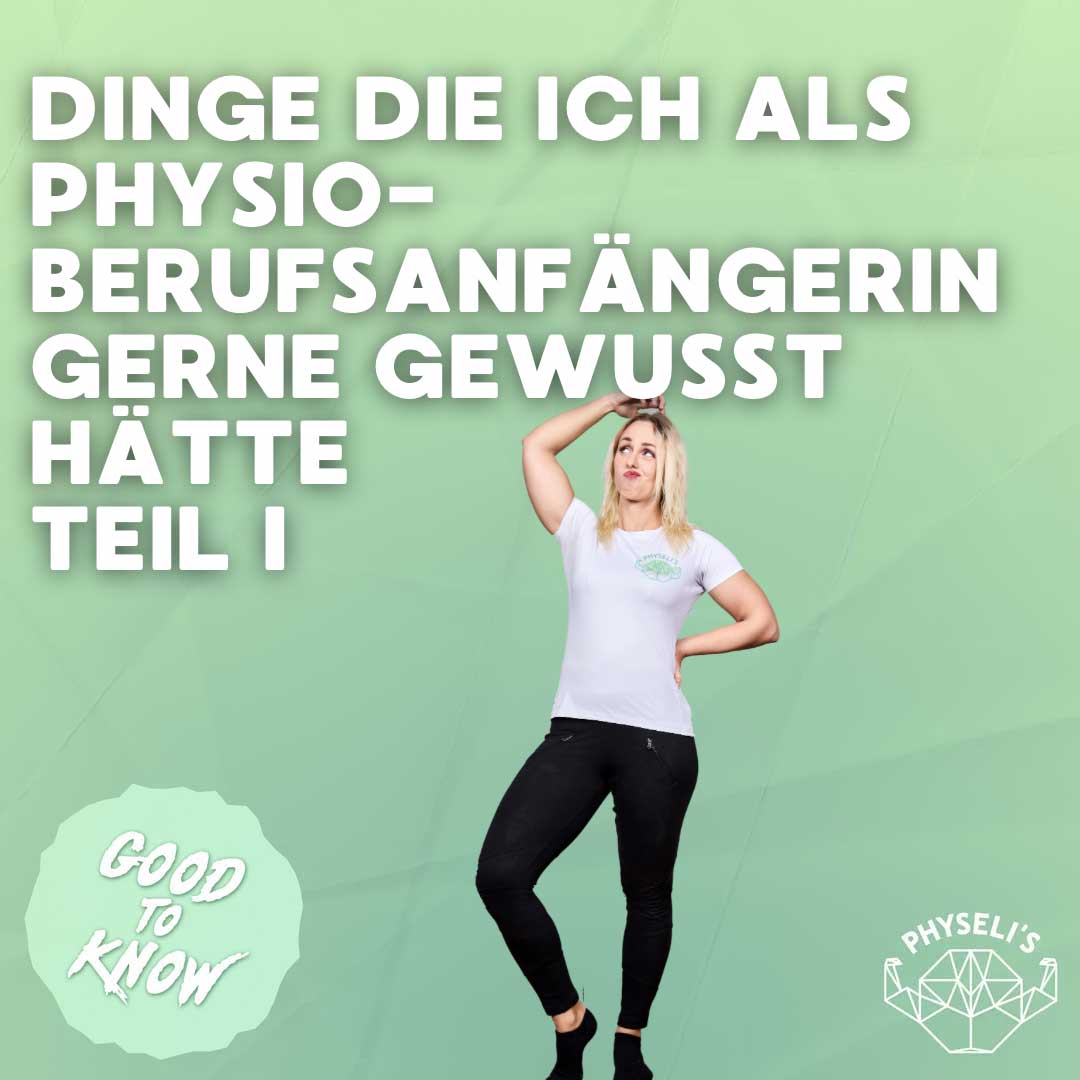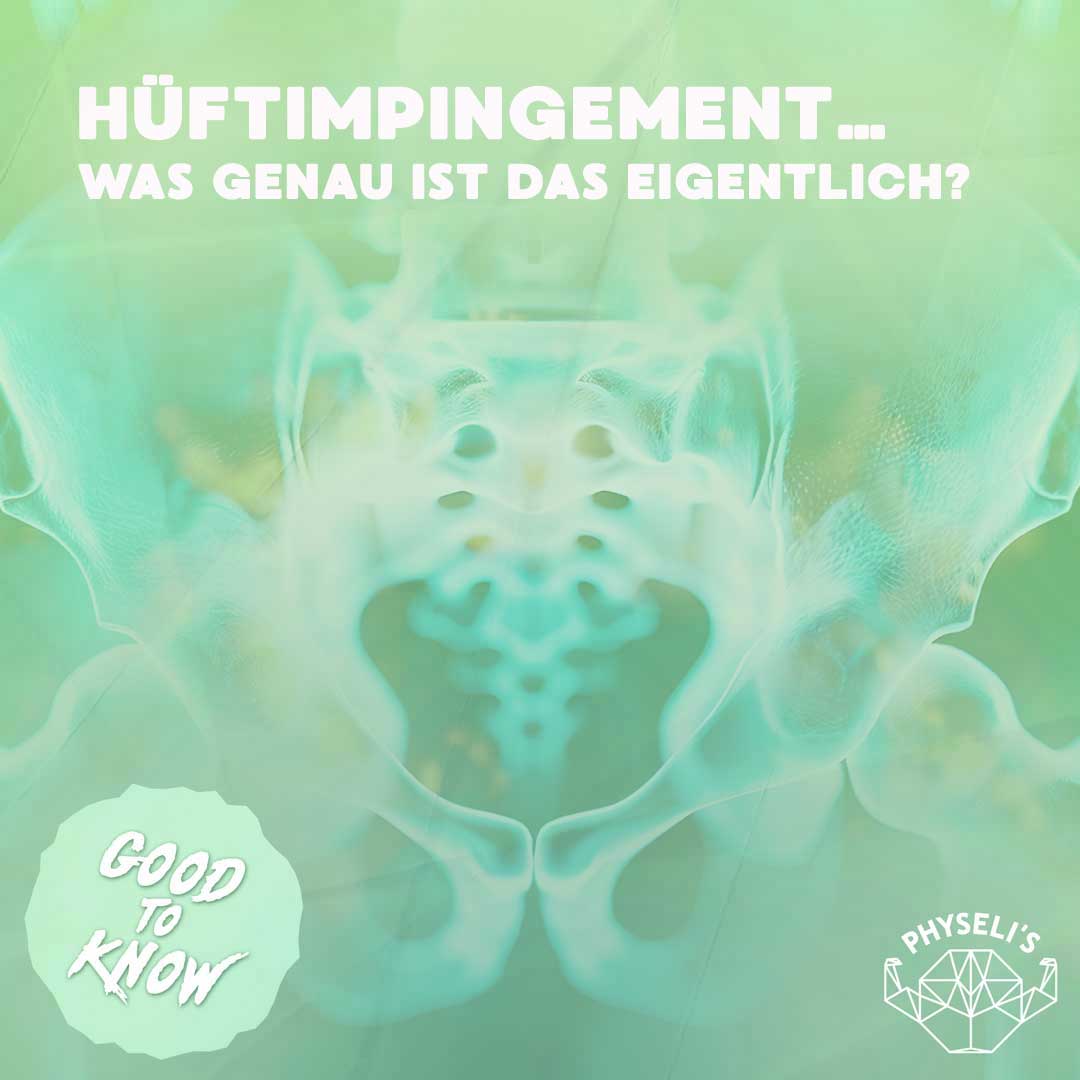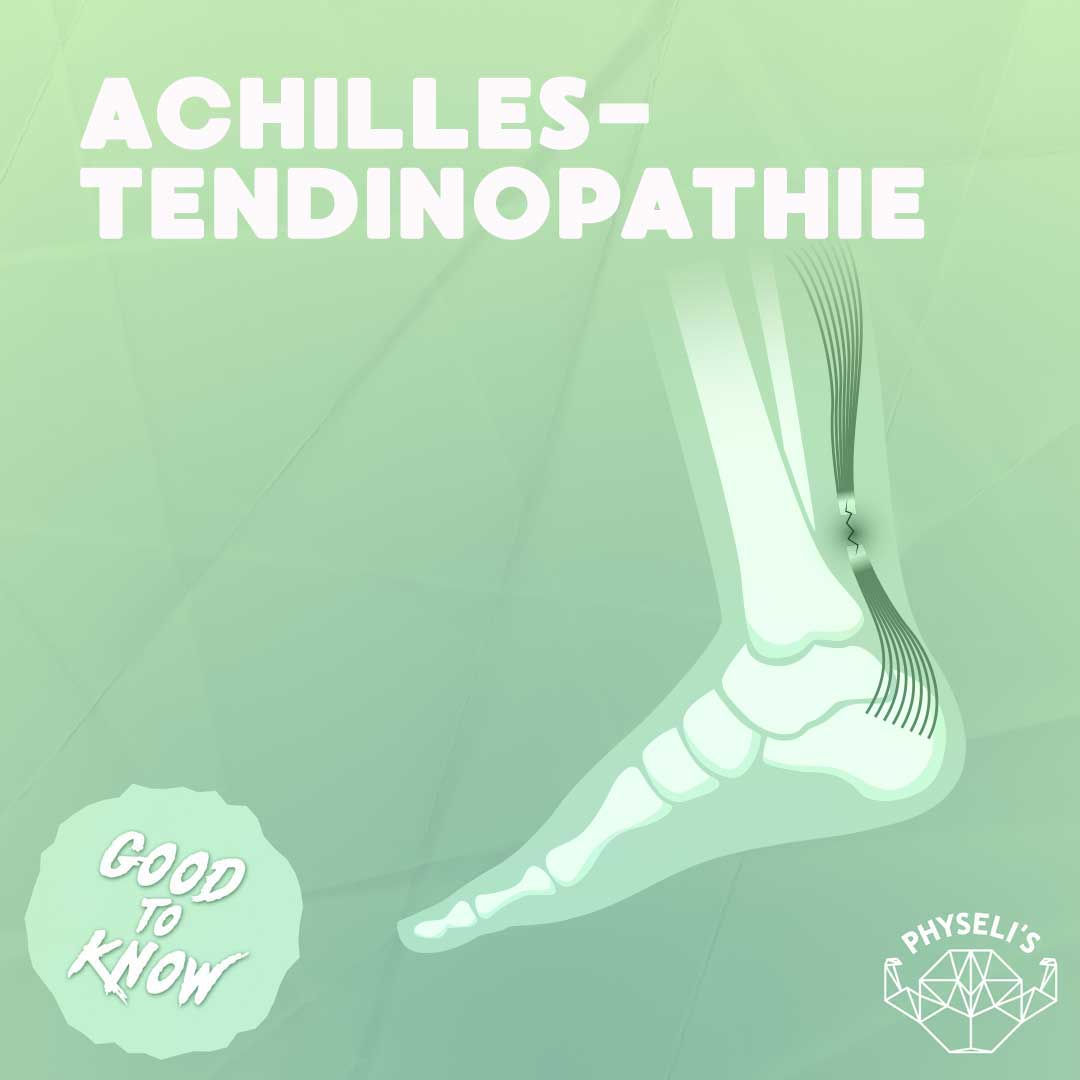This question was addressed by the team led by Lin et al. in the year 2020. They analyzed high-quality guidelines to find out which therapies are recommended for patients with non-traumatic musculoskeletal pain. This pain includes neck or back pain, painful knee arthrosis and shoulder pain that was not caused by an accident.
This topic is important in order to offer patients the best possible treatment and optimize the chances of recovery. Especially in the area of musculoskeletal pain, there are problems that could cause more costs than benefits for health and the healthcare system. This includes, for example, that too many imaging procedures (e.g. X-ray, MRI) are carried out prematurely, even though they have no influence on treatment management and can increase treatment costs in the long term (Lemmers et al., 2019). Surgery, for example for knee osteoarthritis or rotator cuff complaints, is also often used prematurely, although conservative therapy could prevent surgery in many cases (Adelani et al., 2016; Beard et al., 2016).
The recommendations of Lin et al, 2020 are intended both to help healthcare professionals evaluate and, if necessary, adapt their work and to support patients in making informed decisions about their treatment:
1. patient-focused therapy
Each situation must be assessed individually. Based on the context and adapted to the needs, a therapy plan is drawn up together.
2. screening of serious pathologies
In rare cases, pain can conceal a serious illness (e.g. tumor, fracture, infection). Indications of such illnesses should be actively sought and, if suspected, a medical examination should be carried out.
3. survey of psychosocial factors
The long-term development of pain is related to the psychosocial situation. Motivation, strong support in the personal environment or an active coping strategy can have a positive influence on the results of therapy. On the other hand, depression, fear of movement or a lack of support at work can have negative effects and prolong therapy. These areas should be actively evaluated and included in the therapy. Questionnaires such as the STarT Back Tool or the Örebro MSK Screening Tool can provide support.
4. targeted use of imaging techniques
Imaging procedures such as X-ray or MRI should only be carried out if:
- a serious pathology is suspected,
- conservative treatment is not successful,
- This may have an impact on the treatment plan.
5. carrying out a physical examination
A physical examination should always be carried out, as mobility, strength and balance tests and a neurological examination are used to classify the problem and further treatment decisions are made on this basis.
6. evaluation of changes
Noticing changes is essential for patient management. It is important that the measurements are validated. In particular, patient-oriented questionnaires on pain, everyday life or quality of life can be used for this purpose.
7. education
Patients should be openly informed about their current situation and possible treatment options should be discussed.
8. focus on physical activity
Exercise should be the focus of therapy. Whether general activities (walking, cleaning), adapted therapy (endurance, strength, mobility) or general training (running, swimming) are carried out must be decided on an individual basis. It is important to keep moving in order to achieve positive results in the long term!
9. manual therapy as an add-on
The use of massage, manipulation, trigger point treatments, etc. can take place in addition to further therapy. In multimodal treatment, activity, psychosocial factors and education should be used together with manual therapy.
10. conservative before surgery
Surgery should only be considered if there is a clear indication for surgery or if conservative treatment is unsuccessful.
Rapid reintegration into the work process
Work should be resumed as quickly as possible. This also includes workplace adjustments, re-entry programs and good communication between employer and employee.
Conclusion
Modern physiotherapy for musculoskeletal pain focuses on the individual needs and context of each patient. Targeted use of imaging techniques, consideration of psychosocial factors and an emphasis on physical activity can ensure effective and comprehensive treatment. It is crucial that the patient is actively involved in the therapy process and can make informed decisions.
If you are looking for support with your current pain problem, we are happy to help.
Let’s go, Simon!
Sources:
- Adelani, M. A., Harris, A. H., Bowe, T. R., & Giori, N. J. (2016). Arthroscopy for Knee Osteoarthritis Has Not Decreased After a Clinical Trial. Clinical orthopaedics and related research, 474(2), 489-494. https://doi.org/10.1007/s11999-015-4514-4
- Beard, D. J., Rees, J. L., Cook, J. A., Rombach, I., Cooper, C., Merritt, N., Shirkey, B. A., Donovan, J. L., Gwilym, S., Savulescu, J., Moser, J., Gray, A., Jepson, M., Tracey, I., Judge, A., Wartolowska, K., Carr, A. J., & CSAW Study Group (2018). Arthroscopic subacromial decompression for subacromial shoulder pain (CSAW): a multicentre, pragmatic, parallel group, placebo-controlled, three-group, randomized surgical trial. Lancet (London, England), 391(10118), 329-338. https://doi.org/10.1016/S0140-6736(17)32457-1
- Lin, I., Wiles, L., Waller, R., Goucke, R., Nagree, Y., Gibberd, M., Straker, L., Maher, C. G., & O’Sullivan, P. P. B. (2020). What does best practice care for musculoskeletal pain look like? Eleven consistent recommendations from high-quality clinical practice guidelines: systematic review. British journal of sports medicine, 54(2), 79-86. https://doi.org/10.1136/bjsports-2018-099878
- Lemmers, G. P. G., van Lankveld, W., Westert, G. P., van der Wees, P. J., & Staal, J. B. (2019). Imaging versus no imaging for low back pain: a systematic review, measuring costs, healthcare utilization and absence from work. European spine journal : official publication of the European Spine Society, the European Spinal Deformity Society, and the European Section of the Cervical Spine Research Society, 28(5), 937-950. https://doi.org/10.1007/s00586-019-05918-1
💚Do you need support with your workout, rehabilitation after injury or just want to feel more comfortable and healthy in your body overall? Check out our offer or book a free online consultation.⠀




